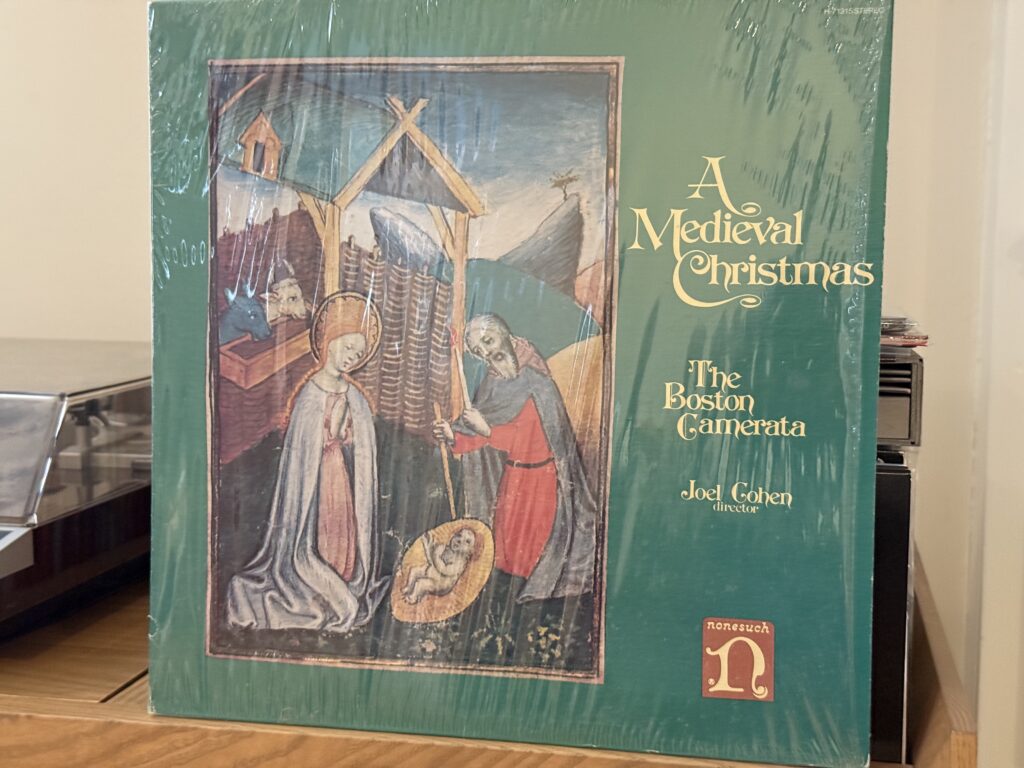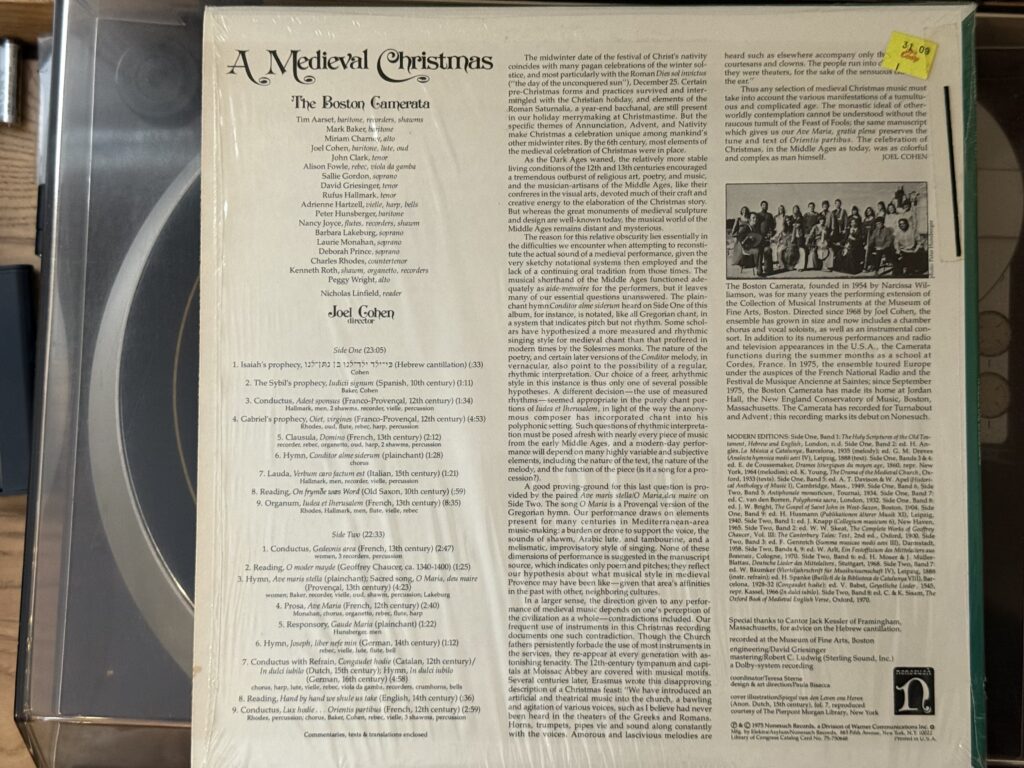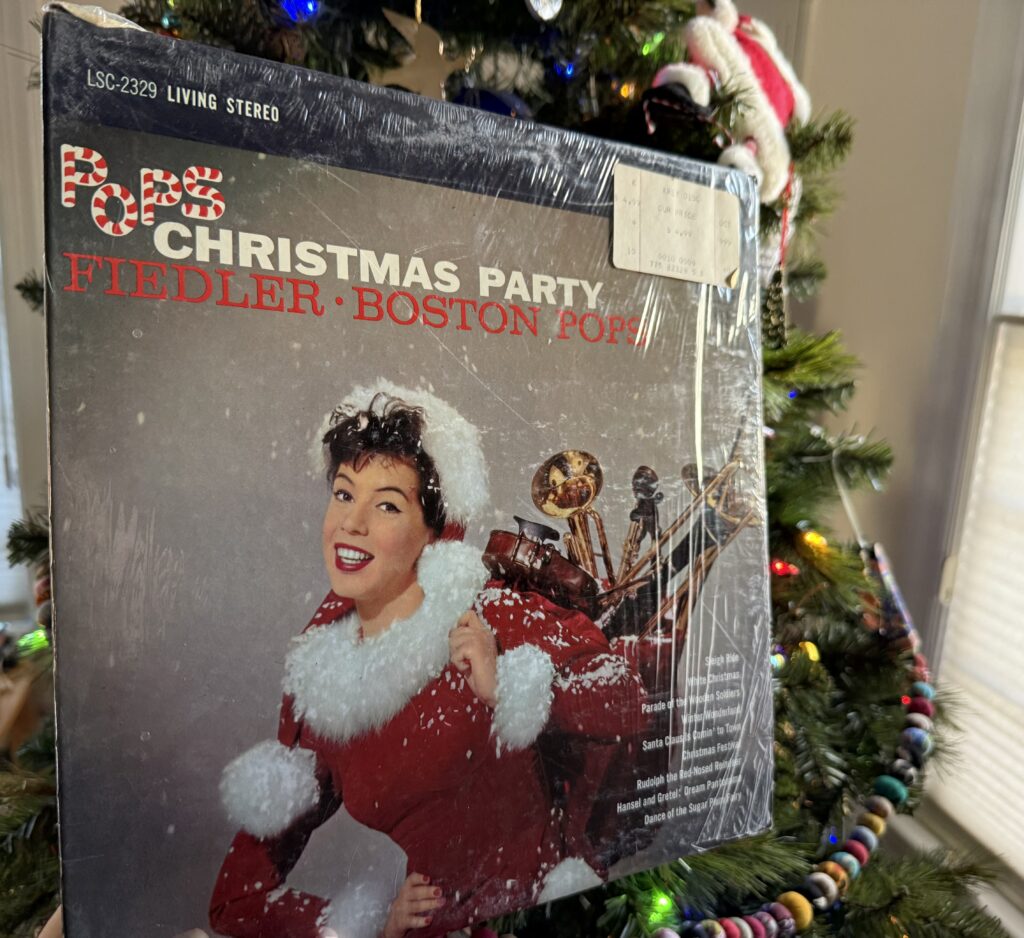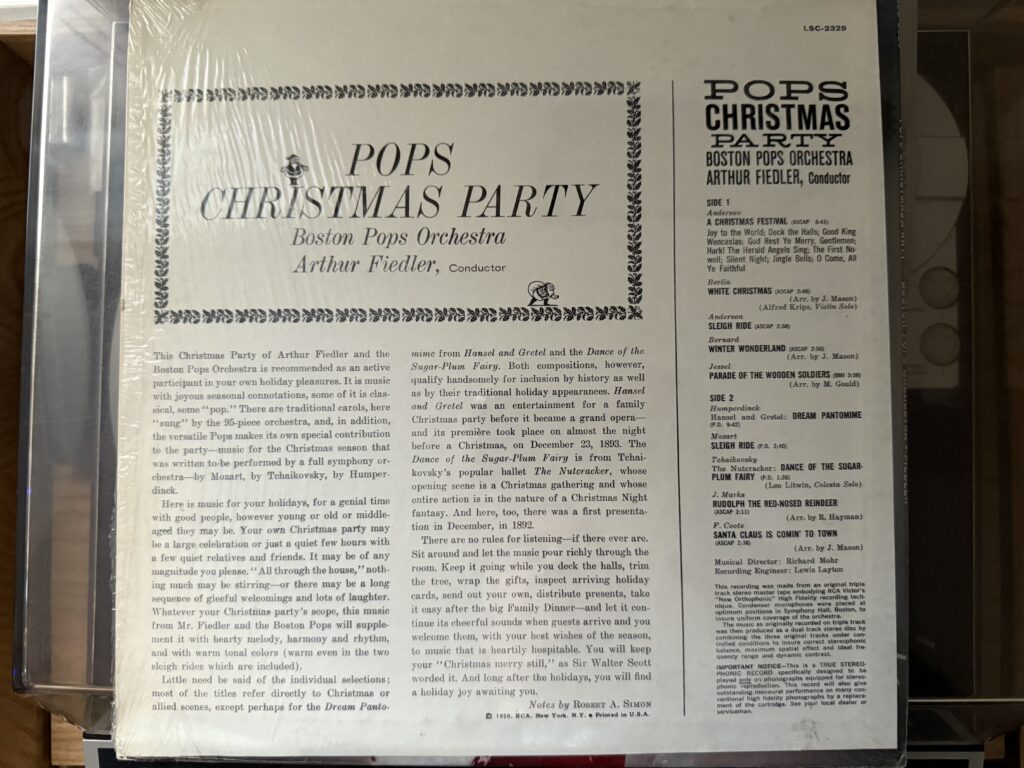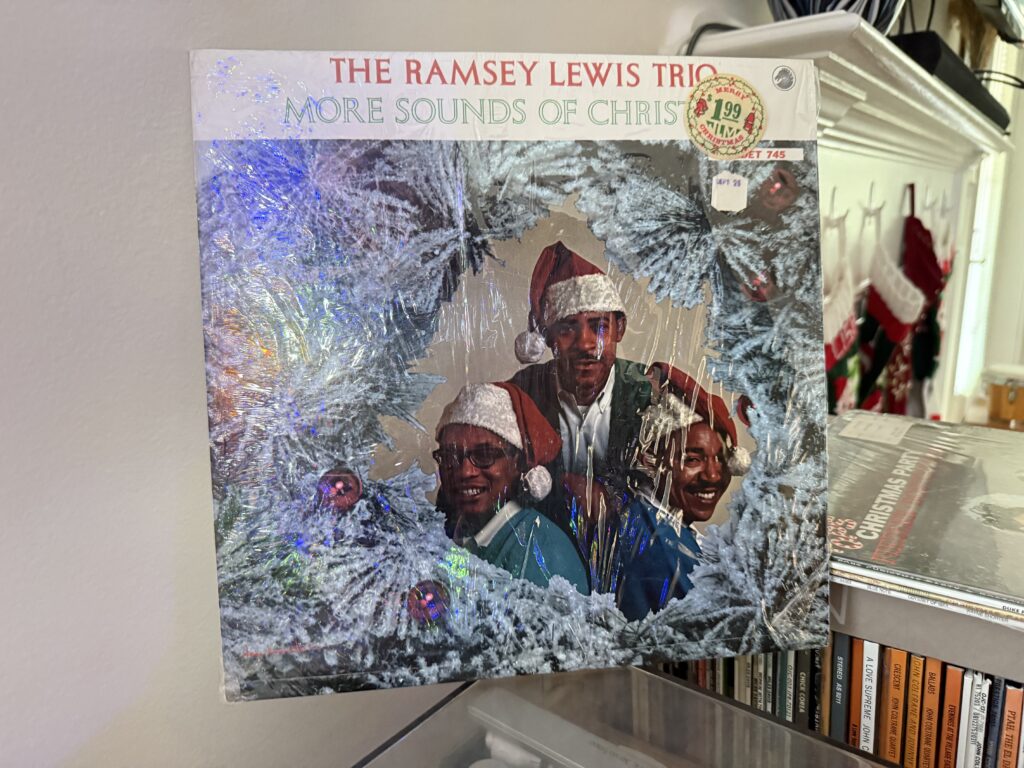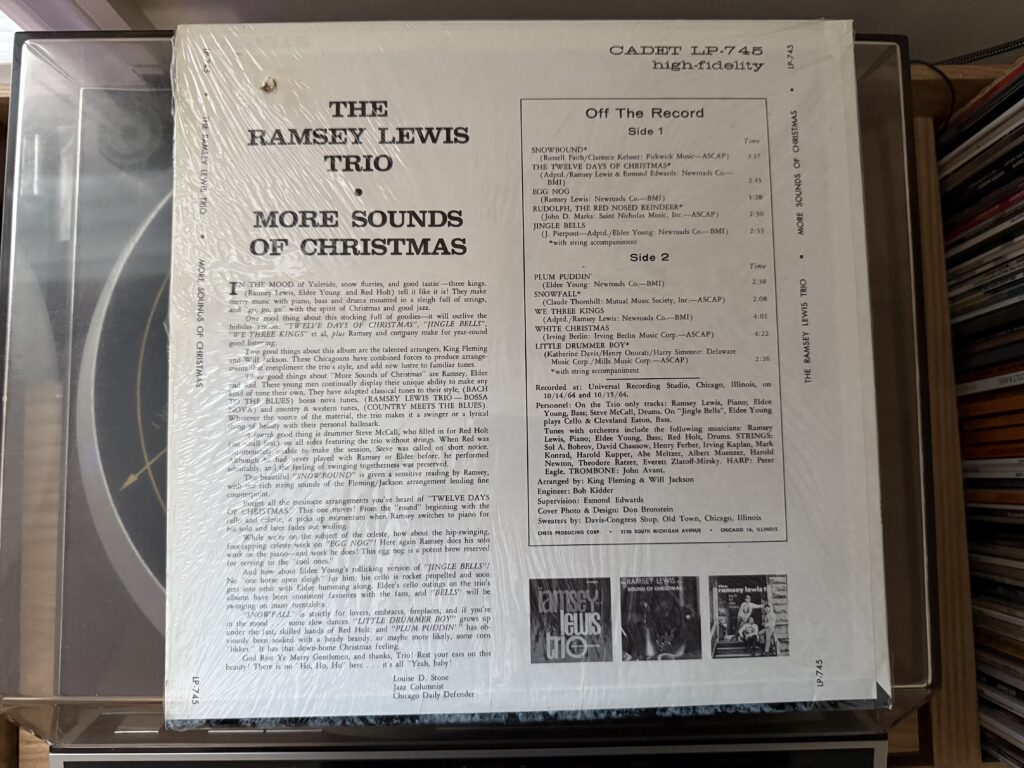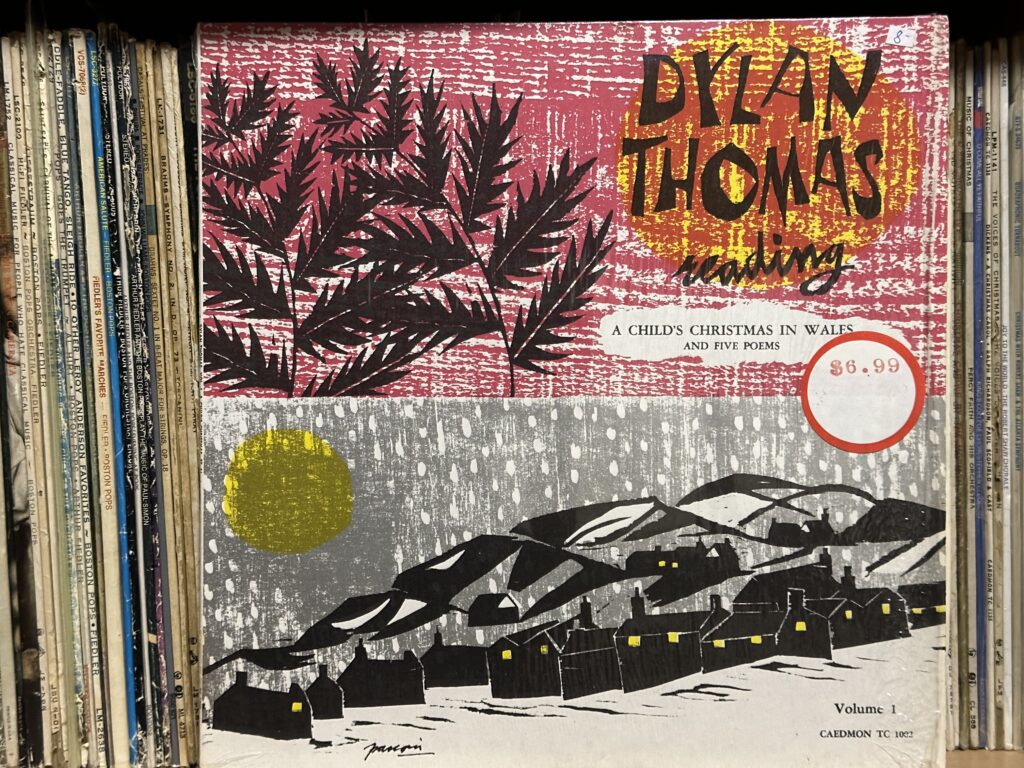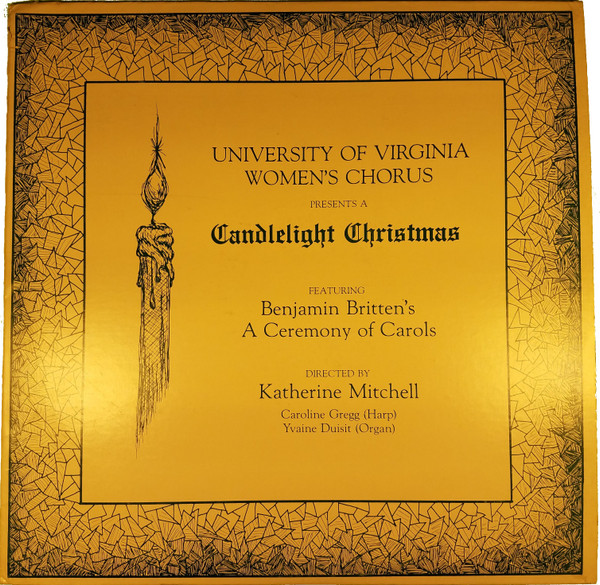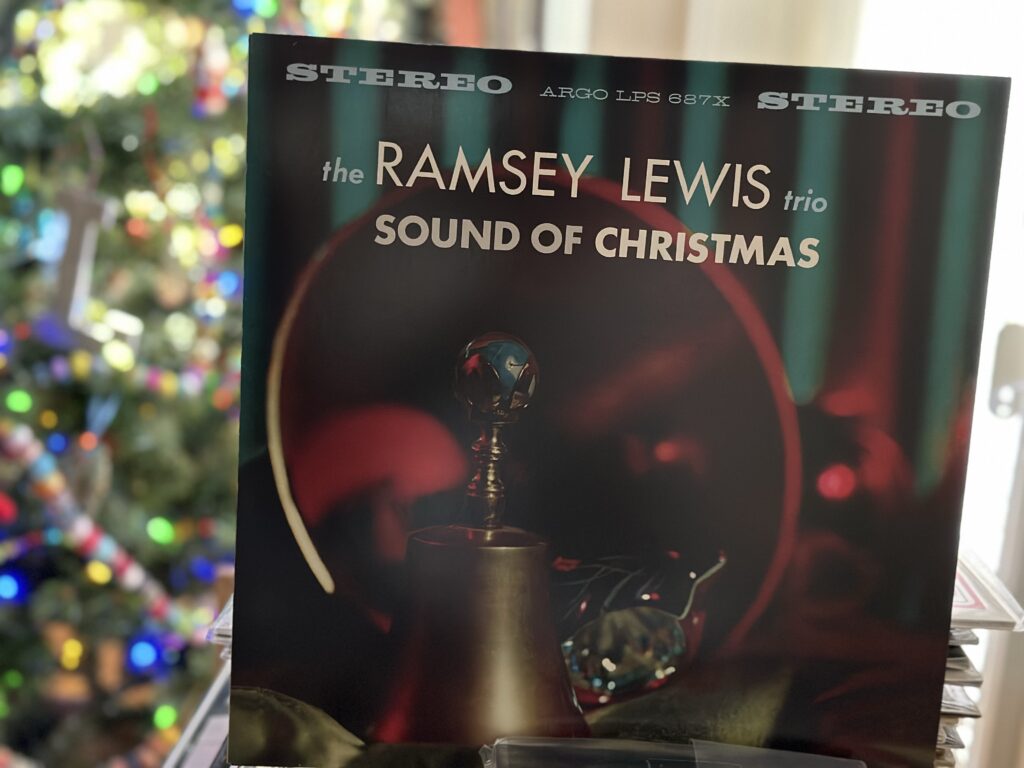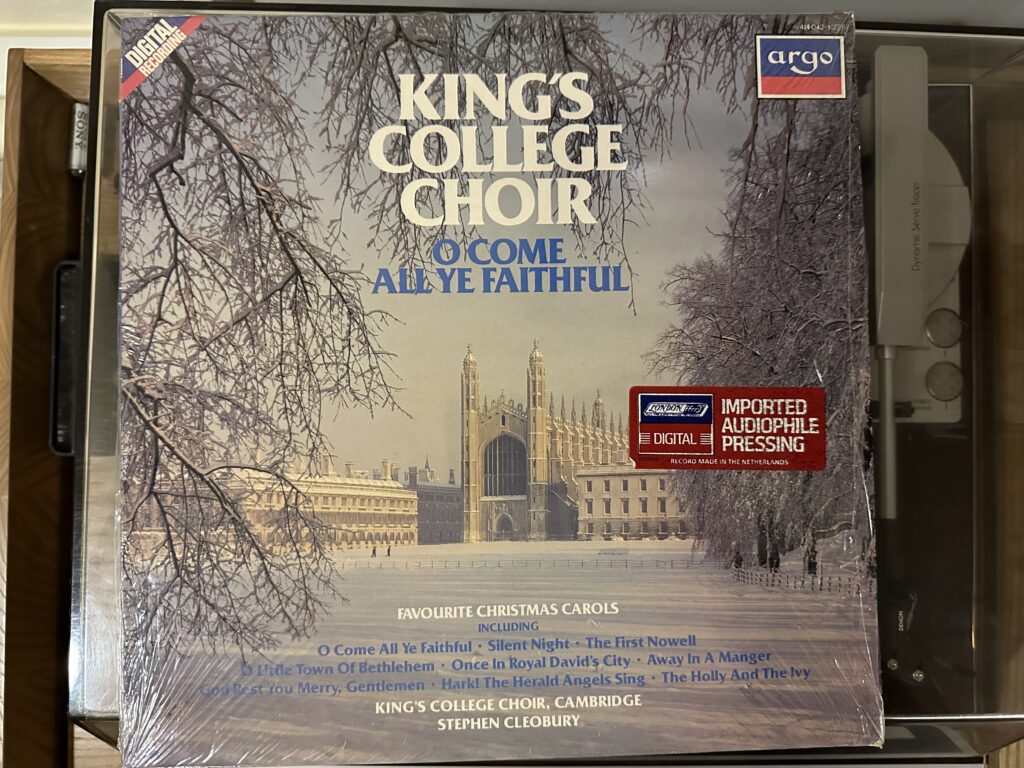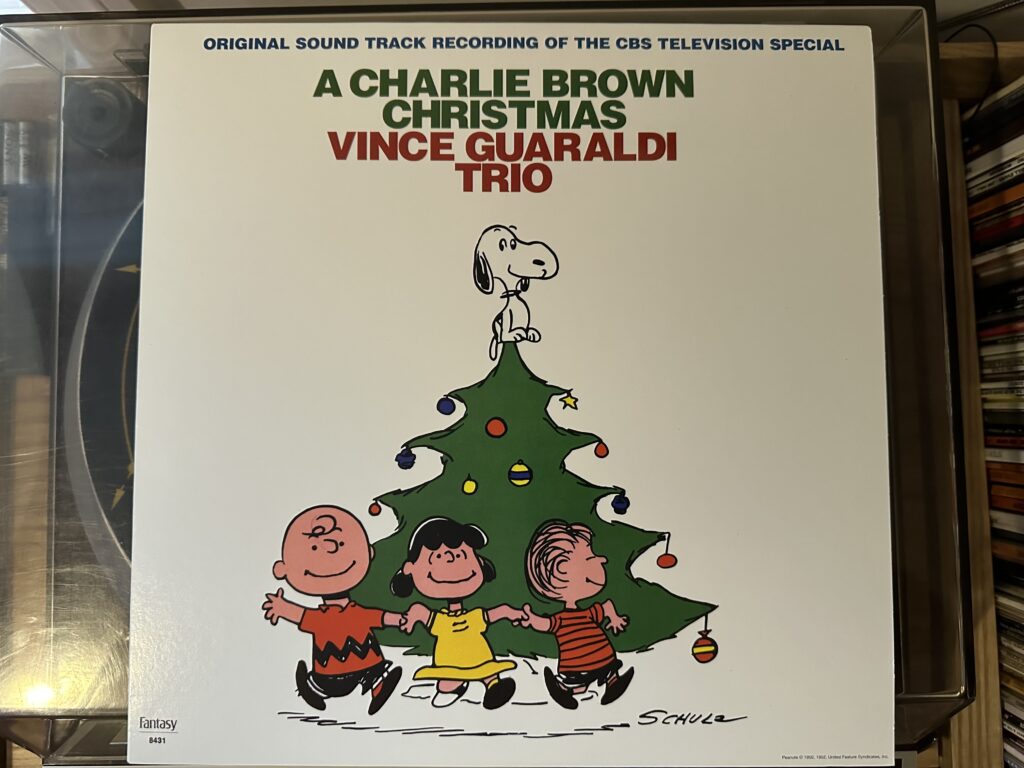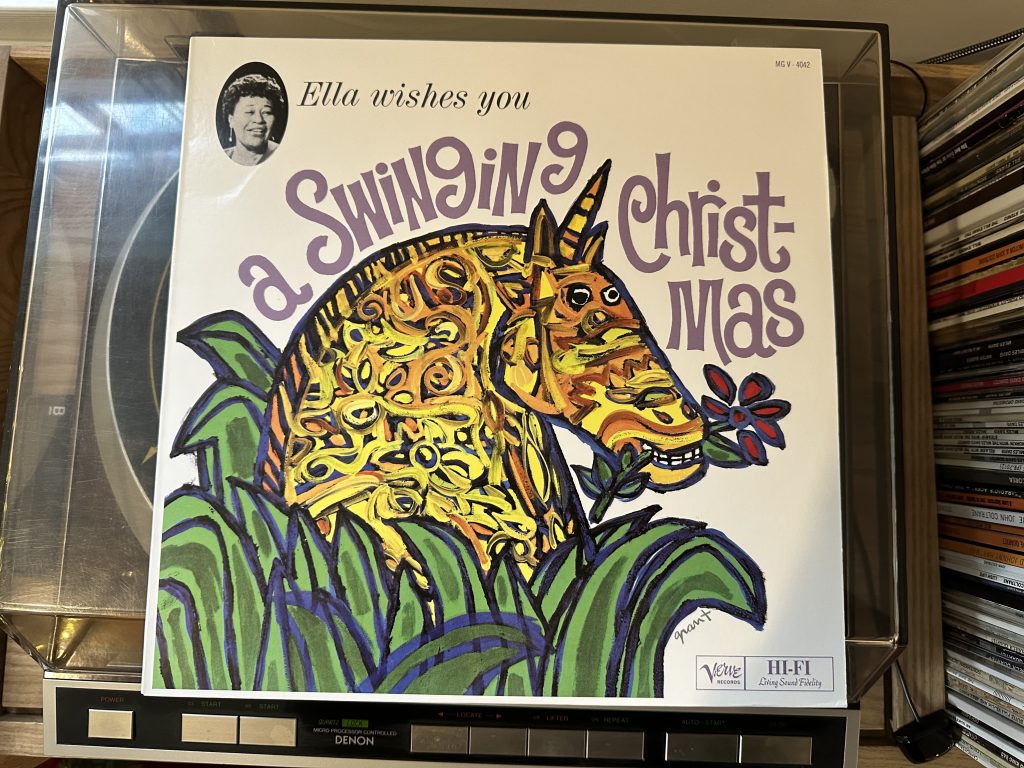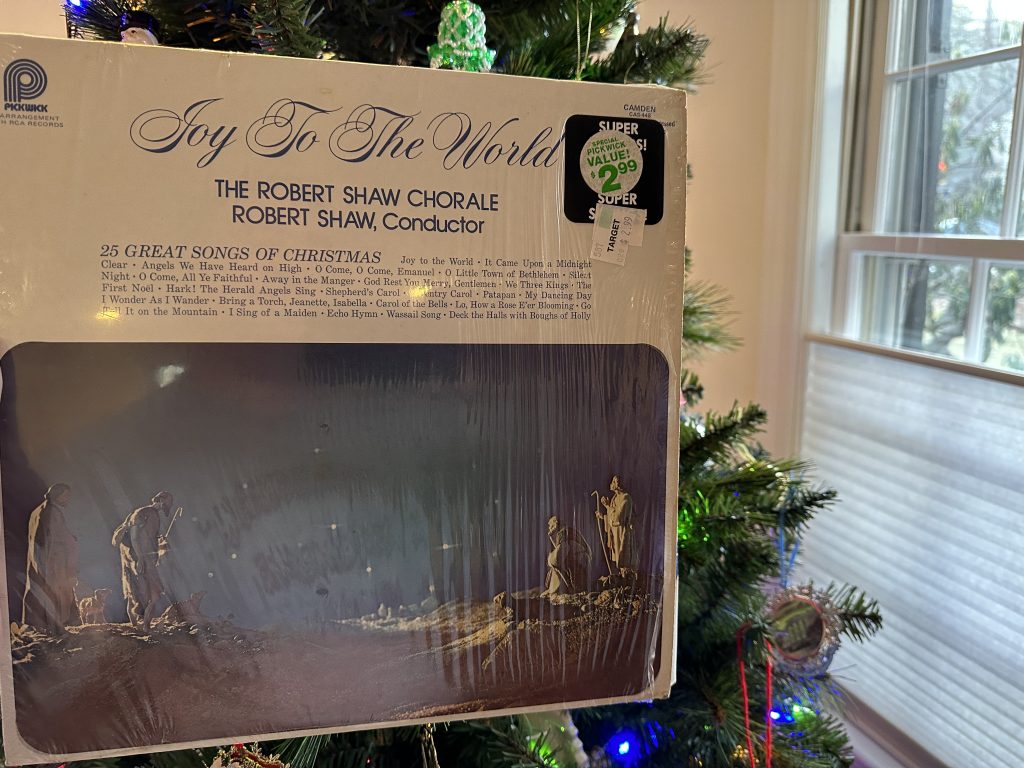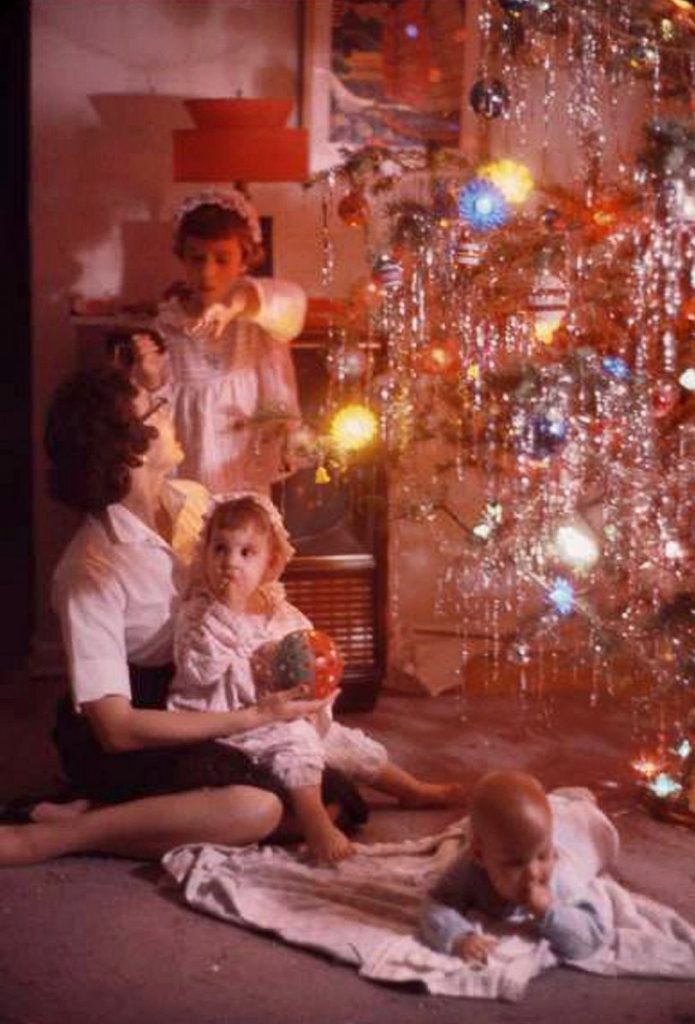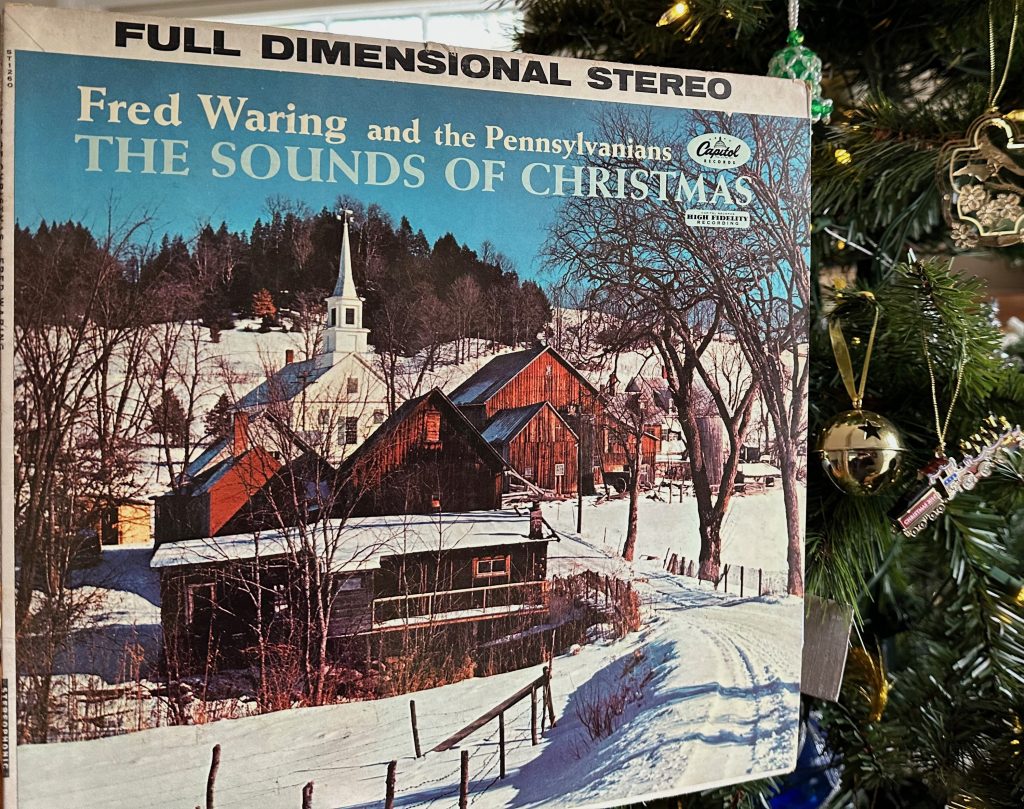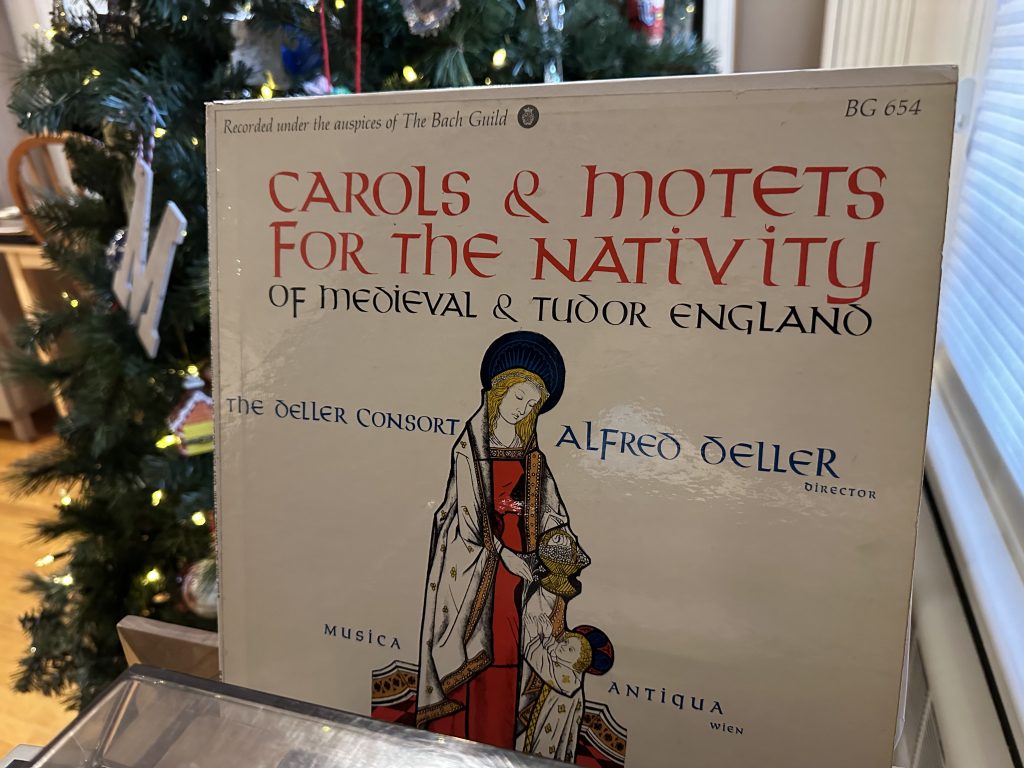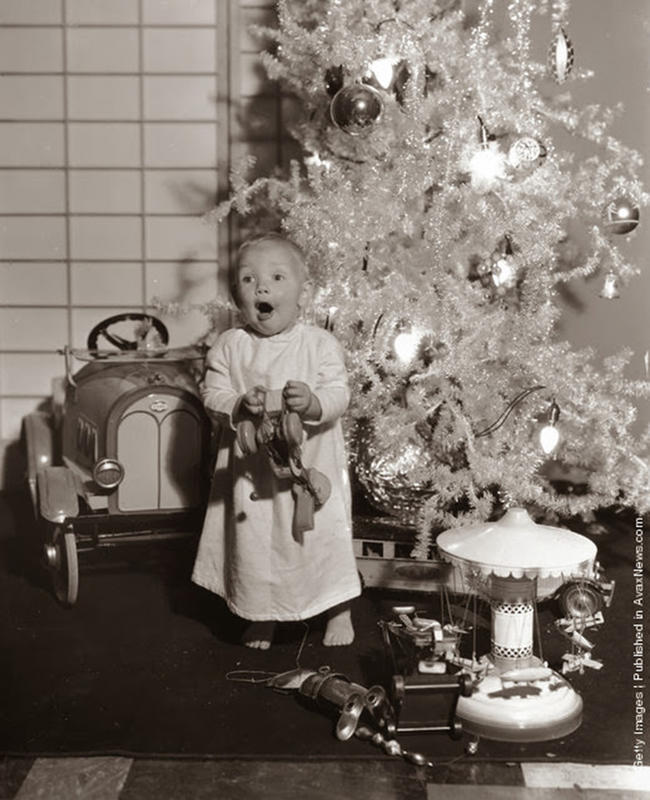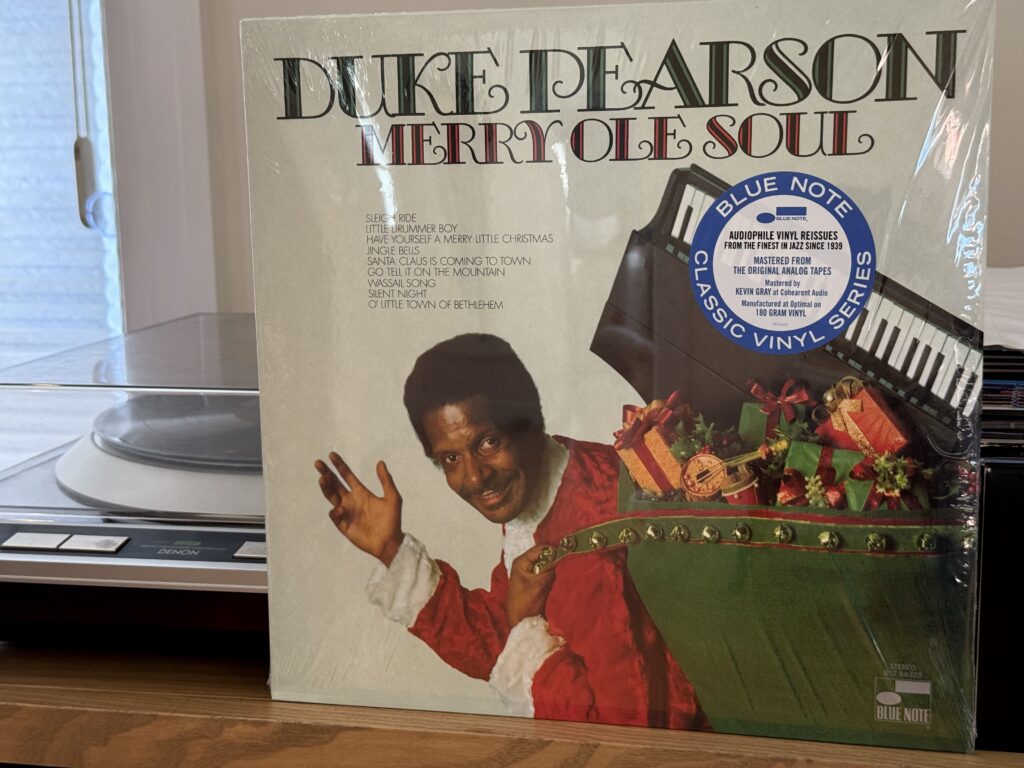
Album of the Week, December 28, 2024
We’ve come across Duke Pearson twice before in this series, both times in Blue Note recordings by the great McCoy Tyner, where he was the producer on Tyner’s Extensions and Expansions. Pearson had been with Blue Note artists since the early 1960s, when he joined the Donald Byrd-Pepper Adams Quintet. In 1963, Pearson made his mark in two important ways: first, he was the arranger for four of the five tracks on Byrd’s A New Perspective, including “Cristo Redentor,” which became a hit.
Second, he became the chief A&R (artists & repertoire) man for Blue Note following the death of Ike Quebec. In this role he is credited with shaping the sound of Blue Note during the bulk of the 1960s. He also recorded seven albums between 1964 and 1969 on Blue Note, beginning with the auspiciously titled Wahoo! and ending with Merry Ole Soul, which as is traditional for Christmas albums finished recording in August of 1969 (and as is traditional for 1960s Blue Note albums was recorded at Van Gelder Studios). He was joined for the sessions by Bob Cranshaw (from Sonny Rollins’ band) on bass, Mickey Roker on drums, and Airto Moreira on percussion.
We’ve heard the opening track “Sleigh Ride” in this blog before; it kicked off my 2022 Christmas jazz hour on my Exfiltration Radio series, “Riding in a Wonderland.” At the time, I wrote, “This uber-cool take on “Sleigh Ride” is viewed through the prism of spiritual jazz, with a drone in the bass and drums that’ll knock your socks off.” Well, that’s true, but there are some really spectacular fine details in the arrangement as well that are worth expanding upon. The open chords in Pearson’s introduction, the pervasive swing, and the genius switch from piano to celeste for that opening melody: all perfection. And listen to what the bass is doing in that opening! That syncopated drone on that fifth of the scale, in octaves, remains the steady pulse throughout the entire intro, first verse, first solo, all the way into the bridge where suddenly the arrangement snaps into a more conventional bebop pattern, but only for sixteen bars! And the stride-influenced piano rumble that Pearson adopts on the second bar (“there’s a birthday party at the home of Farmer Gray…”)!
Pearson takes “The Little Drummer Boy” at breakneck speed, but still gives Mickey Roker plenty of time to make his mark in a way that the prior song didn’t really permit. Here the drummer gives a massive marching-band style introduction across the entire drum kit as the bass and the lower chords of the piano keep the drone going. When the full melody arrives, Cranshaw gets to cut loose a little, boogeying up and down the octave but still returning to that ground—and at the end of each verse, Roker returns to cut loose, here with a splashy cymbal, there with a roll.
Pearson plays Hugh Martin and Ralph Blane’s “Have Yourself a Merry Little Christmas” more straight, though there’s still more than a touch of the blues about his playing. Only the entrance of the celeste at the end signals Pearson’s imaginative rearrangements. The next track, “Jingle Bells,” is more freely adapted, with Airto’s Latin percussion (doubled by Roker on the wood blocks) signaling the brisk samba tempo. Cranshaw gets to join in the reindeer games with a wandering bass line throughout.
The duo of Roker and Airto get “Santa Claus is Coming to Town” going at something like a breakneck speed, as though a samba party were happening at 78 RPM instead of 45. Pearson follows suit, gleefully improvising atop Fred Coots and Haven Gillespie’s Christmas classic, and Cranshaw follows, briskly ripping through two choruses and a bridge. Santa has never samba’d so hard.
Pearson turns serious on one of the few non-secular songs on the album. “Go Tell It on the Mountain” is an African-American spiritual that was first collected in Religious Folk Songs of the Negro as Sung on the Plantations, compiled by Thomas P. Fenner, the first director of music at what is now Hampton University. Pearson brings church to the performance, with inflections of gospel and blues in its depths.
We’re back with the martial marching beat of “Little Drummer Boy” for “Wassail Song,” otherwise known as “Here We Come A-Wassailing.” Pearson and Cranshaw have an extended improvisation on the theme in the lower octaves before the main tune returns and the procession moves away. But “Silent Night” is back in the sound world of “Go Tell It on the Mountain” and gospel, as though Franz Gruber were a southern pastor.
“O Little Town of Bethlehem” is played as straight as it gets: a piano solo, with no blues around the edges. This might have been Pearson playing in church. It brings a quiet note to end a set that has gone in every other possible direction already.
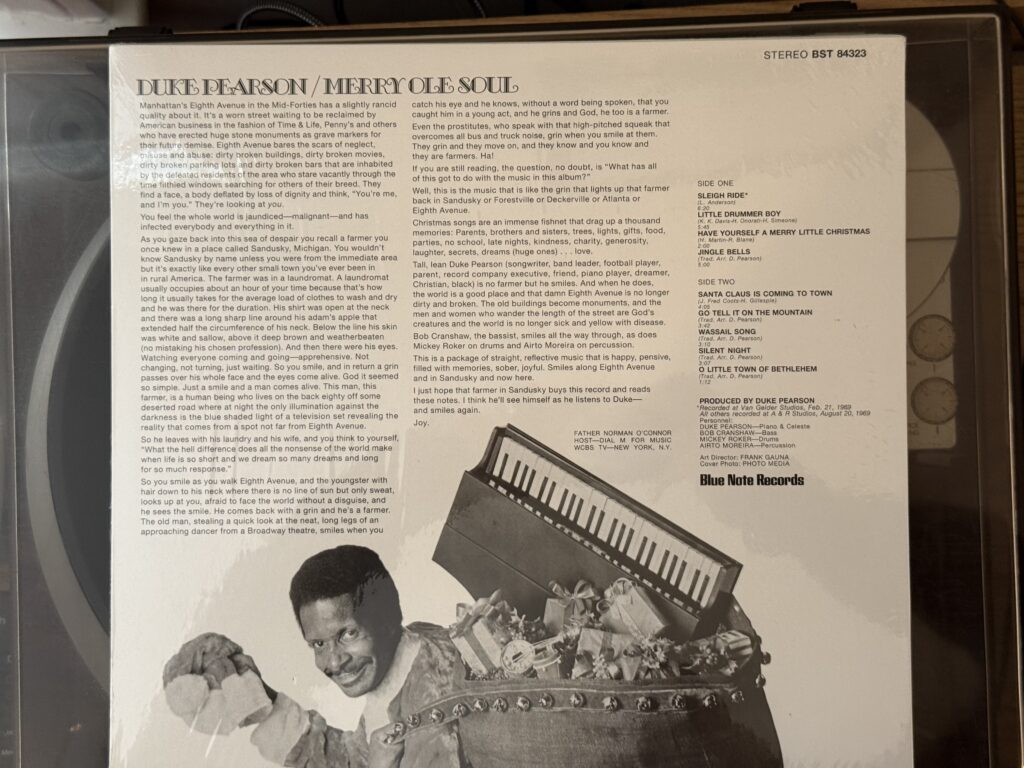
Pearson’s collection was the only Christmas album released on Blue Note Records during the 1960s, and is lesser known compared to some of the great jazz Christmas classics like Ella Wishes You a Swinging Christmas. But it’s a great collection that spans a variety of styles and is well worth adding to your Christmas playlist.
You can listen to this week’s album here:
BONUS: Here’s the playlist of Christmas jazz from 2022 that opens with Pearson’s rendition of “Sleigh Ride.” It might be time to make another one of these…

